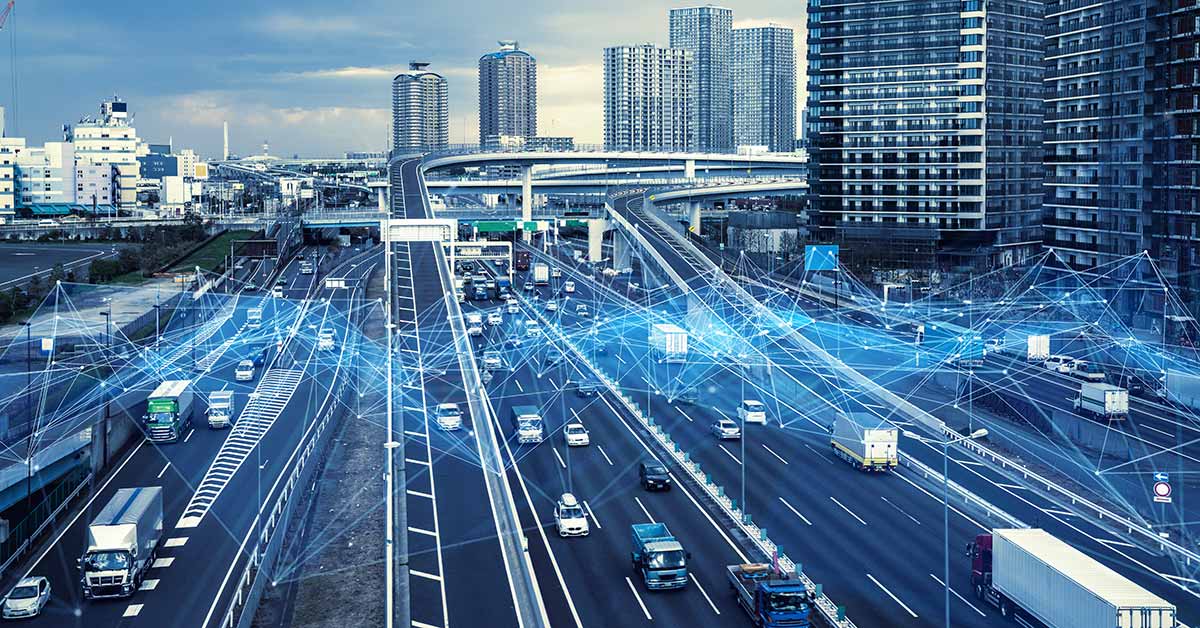This article is also available in Italian / Questo articolo è disponibile in Italiano.
In my most recent blog I discussed how mobility data can give supermarkets and other retailers insights that can guide their decisions and marketing post-lockdown. But data-driven decisions are essential for organisations of all kinds, especially in the transportation sector, especially at this time.
The pandemic has been a highly unusual time for transportation patterns. As lockdown measures eased over the summer, those anomalies continued: both in Italy, where I am, and elsewhere in Europe, members of the public have avoided public transportation where possible and used alternative means of getting around.
This creates difficulties for transport operators, planners and public administrations who develop policy and need the insights that can let them create sustainable, inclusive transport plans.
The advantage of mobility data -- drawn from millions upon millions of mobile phones, from all socioeconomic groups – is that it provides a rare opportunity for transportation companies to really understand transportation demands. How is the entire population moving? What means of transport are they using?
Importantly, mobility data also allows transportation companies to see what routes people are following, which draws a clear picture of overall demand and of so-called desire lines: routes which people tend to travel but where there may not currently be established services.
Helping transport operators and planners make better decisions with mobility data
It’s important to remember that transport services must be inclusive and sustainable. By inclusive, we mean transport that is available to all socioeconomic groups and all ages, rural, urban and suburban. By sustainable, we mean of course the use of green transportation methods, reduced fuel use, and increased efficiency – so that travellers can reach their destination faster and more directly, without unnecessary detours or carbon.
The great advantage of mobility data is that it helps transport companies understand the start and end points of millions of individuals. In Italy, for example, through our operating company Wind Tre, we can access anonymised data of more than 20 million customers. This is accurate data that originates from all regions and all cities, and is highly representative of the full population.
Then, working with our partners at Teralytics -- globally recognised experts in data analysis, whose insights provided an important early source of reference for governments tracking the pandemic -- we can provide accurate, precise analysis that leverages machine learning to deliver transport insights.
This is a level of competitive analysis that has never been available before, brand-new market knowledge that becomes possible thanks to mobility data.
For example, it's possible to see how many people are traveling from Rome to Milan, not just on a specific day but within a specific time bracket, as well as the mode of transport used, whether train, flight, car or another method.
This data is highly relevant for transport authorities who want to plan new services, and understand the competitive landscape broadly. This is a level of competitive analysis that has never been available before, brand-new market knowledge that becomes possible thanks to mobility data.
Mobility data and future planning for ridesharing and other transport services
Such data is especially valuable to operators considering launching new routes or services. For example, a ridesharing company can use mobility data to uncover quite granular insights, such as the optimal locations to park vehicles in their fleet, in order to serve the most customers. And of course mobility data also indicates with great precision the total addressable market, strengthening business cases by providing powerful, unbiased, accurate data at scale.
A ridesharing company can use mobility data to uncover quite granular insights, such as the optimal locations to park vehicles in their fleet.
Don't forget that, when it comes to data, large sample sizes aren't the only thing that provide value. What's really valuable is data which truly provides a representative sample of the whole.
Mobility data provides that, allowing precise, anonymised insights into a true cross-section of society, and making it easier for both public and private organisations to make large-scale policy decisions that will help make citizens' lives better.


